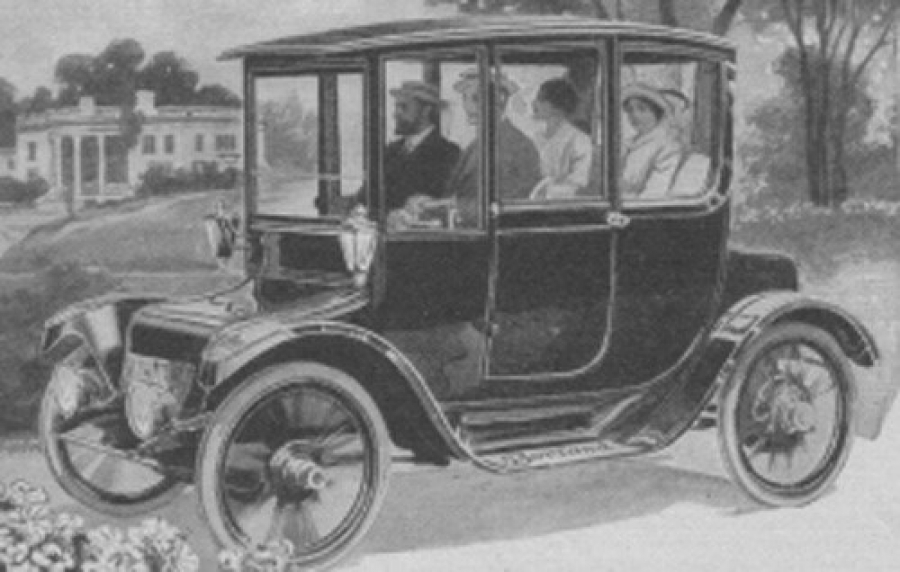We could say that 2016 will be the year of the electric car, but the truth is that electric cars were born 60 years earlier than conventional cars.
In the 19th century, with the introduction of lead-acid rechargeable batteries and with a range of autonomy of up to 160 kilometers, electric motor cars began to be sold, while leaving behind steam and gas ones. This is how the Electrobat emerged. This was the first electric car, created by engineer Henry Morris and chemist Pedro Salom. These vehicles were much more comfortable, cleaner and quieter than the rest of models, but they were also very heavy. Between 1910 and 1920, electric cars reached almost a 30% of sales in the USA. However, the technological evolution of gas vehicles caused electric cars to be less and less sold, until they almost disappeared in the 90s. They were too expensive and unprofitable. The documentary Who Killed the Electric Car? ( https://www.youtube.com/watch?v=0bWSe02UK-s&noredirect=1 ) traces this vehicle’s history.
El País newspaper reported that Tesla went on with EV-1, and launched in 2008 its Roadster model, which introduced the electric vehicle in the 21st century. This American manufacturer was the first to apply lithium batteries. Nowadays, most of these vehicles use this kind of batteries and soon will be applied on vans, trucks and buses. With the upgrade of lithium batteries and lower prices, it is expected these vehicles will increase their sales.
The increasing demand for electric cars entails evolution in their manufacturing process, which consists on reducing weight by increasing composite parts in the structure of the car. This trend applies to sports cars or premium cars and the automotive industry has already assumed that composite materials are essential in manufacturing more efficient and less polluting cars, which would meet Europe’s targets in terms of CO2 emissions.
We keep working to contribute to a better and less polluted world.

